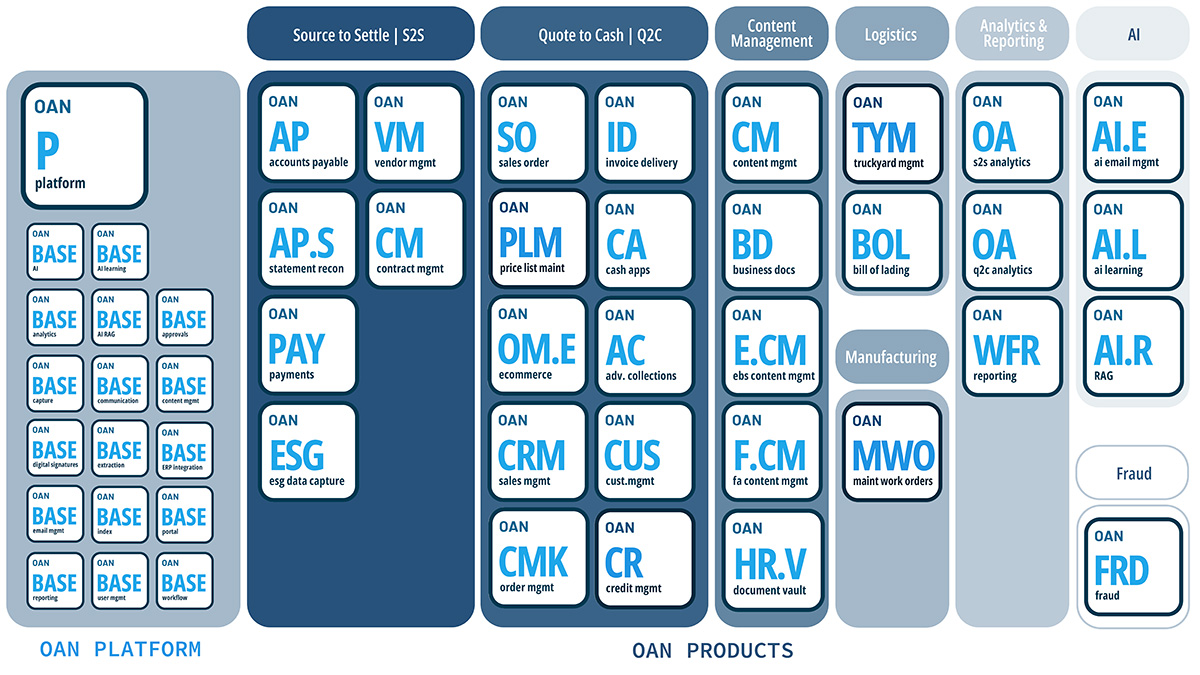The pandemic changed a lot of things about the way the world operates. While day-to-day operations became difficult, industries around the world came up with new means and methods to keep on functioning. In a situation where people could not leave their houses, digital and technological tools came as a means of salvation.

What would have happened anyway accelerated in a matter of a few months, making our society advance at a rapid rate. This not only brought a change to how we do things, but it also changed various scopes and gave birth to new opportunities.
In regards to that, here in this article, we will focus on one such particular change — vendor management from home. We will discuss the major changes that occurred in this field and what new aspects came to light under the new circumstances. Then, let us quickly go about our way.
How Vendor Management Changed During The Pandemic
Vendor management is the process of dealing with all activities related to the purchasing decisions of a company. This includes selecting and approving suppliers, entering into contracts with approved vendors, managing them, and ensuring that they live up to the agreed expectations of the company.
While vendor management has always been around, recently, it has risen to precise prominence, where people started understanding how important vendor management is. The better you manage your vendors, the better the later outcomes will be.
Vendor management was already getting better tools and aids to increase efficiency and productivity, but due to the pandemic, the upgrade sped up rapidly. As people had to stay back home, Vendor Management Software or VMS rose to prominence.
VMS is a system or software that allows you to effectively manage your vendors and every other related activity through a single centralized platform. Through this software, vendor managers and procurement teams were able to keep functioning even while they were restricted to the boundaries of their homes.
The Role Of Vendor Management Software During The Pandemic
The VMS market started growing rapidly after the start of the pandemic. In 2019, the market was valued closely at 5.21 billion USD and was said to have a steady growth rate ao approximately 13% in the coming few years. This data will give you a brief insight into how rapidly the VMS market is growing, and for good reasons.
During the pandemic, the VMS rose to prominence where it allowed vendor managers to actively manage the vendors of their companies through a centralized platform. While it was a sudden jump from physical and traditional means to a complete online and digital method, the results were excellent.
If anything, the AI and automation features of the software made the procedures much more efficient, organized, simple, and high in productivity. Here are a few prominent features of the VMS to help you understand why it had the effect it did:
- Simple procedures for vendor onboarding
- Easy and effective tracking features to have an overall view of various vendor status
- Highly collaborative functions such as self-service portals to ease collaboration efforts and increase efficiency and save time
- Easy access to vendor data, allowing for critical reviews and changes
As you can see, all these features allowed you full control of your vendor management, even if you were unable to step out of your house. It allowed you to operate in the same manner, with better results even when you could not physically carry out the tasks.
Along with VMS, other useful tools made it easier for vendor management teams to keep at their work even during lockdowns. Various online conference and video calling tools allowed managers to seamlessly stay in touch with vendors, where all meetings and conferences started being online.
There were also major changes to the numerous procedures as more and more digital tools started making their way into the workflow. Even if no one could go to the office, cloud storage, IoTs, and so on allowed team members to stay in touch with each other to carry out operations and projects.
Vendor Management From Home — Roles And Responsibilities
During the pandemic, when offices were closed down, vendor managers, along with other personnel, had to come up with their own rules and regulations to operate systematically. Here are a few roles and responsibilities that vendor managers and other teams members had to abide by to successfully keep working even from home:
- Abiding by common ground rules and regulations set up by the company to ensure the safety of company data
- To make sure that you have the right equipment and tools to work from home without any hassles
- Setting up a make-do office space in your house to ensure full concentration and focus on work
- Learn to correctly use the right phone application, software, and other tools
The pandemic saw a lot of changes in the various industries across the globe. While the vendor management industry requires a lot of on-site actions, thanks to VMS and other tools, companies were able to make great progress in this field.

